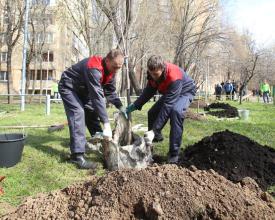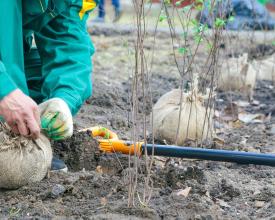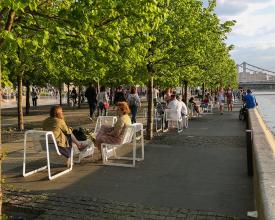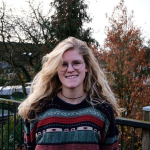
The One Million Trees Programme in Moscow, Russia
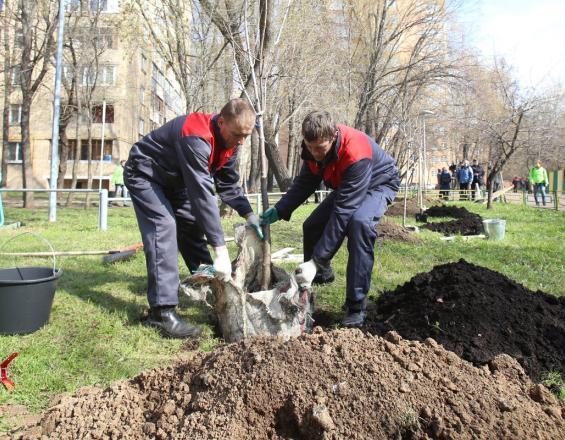
In 2013, the One Million Trees programme was launched with the intention of bringing more greenery to Moscow’s citizens. As of now, Moscow ranks among the greenest cities worldwide, with 54% public green space. The project was initiated to plant individual trees in gardens, streets, and inner yards of apartment buildings. Unique about the One Million Trees programme is the bottom-up approach used in the implementation: planting locations and species are chosen by local residents via a digital app. Gardeners closely manage the trees and shrubs for the first 12 months – the most challenging period of their growth cycle. Since 2013, more than four million trees have been planted. In 2021, Moscow has further pledged its green development under the global “Trees in Cities Challenge” of the United Nations Economic Commission for Europe (UNECE). The next priorities are adding new trees to public parks and increasing monitoring of urban canopy.
Impacts
The One Million Trees project has significantly increased the tree cover in Moscow City. In 2020, 14,000 trees and almost 1,000 shrubs were planted. In 2021, the goal is to plant more than 11,500 trees and about 400,000 shrubs. The extensive tree planting allows for local CO2 uptake, regulation of urban temperature, reduced erosion, and increased biodiversity.
With regards to the participatory approach, more than 218,000 residents of Moscow took part in voting on the location of the placement of greenery. Based on the preferences of locals, planting is focused on places where social benefits are high, such as schools, hospitals, and retirement homes. The shrub and tree species are also chosen by locals from a selection of native varieties. The One Million Trees project provides an excellent example of how to involve citizens in decision-making for urban forestry projects.

